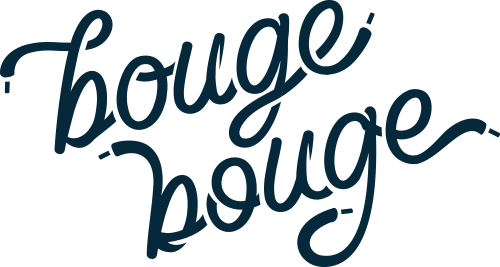The history of curling
Curling often intrigues those who discover it for the first time. With its granite stones sliding across the ice and its players sweeping energetically, this sport attracts attention. Both strategic and technical, it can seem mysterious. Yet it hides a rich and fascinating history. Originating in Scotland, it has been played for several centuries.
Curling made its Olympic debut in Chamonix in 1924. Since then, it has evolved considerably. Today, it’s a staple of winter competitions. The sport fascinates with its precise rules, team spirit and the mastery required of players.
So how did this unique sport come into being, and what milestones have marked its history? Let’s explore its origins, development and secrets.
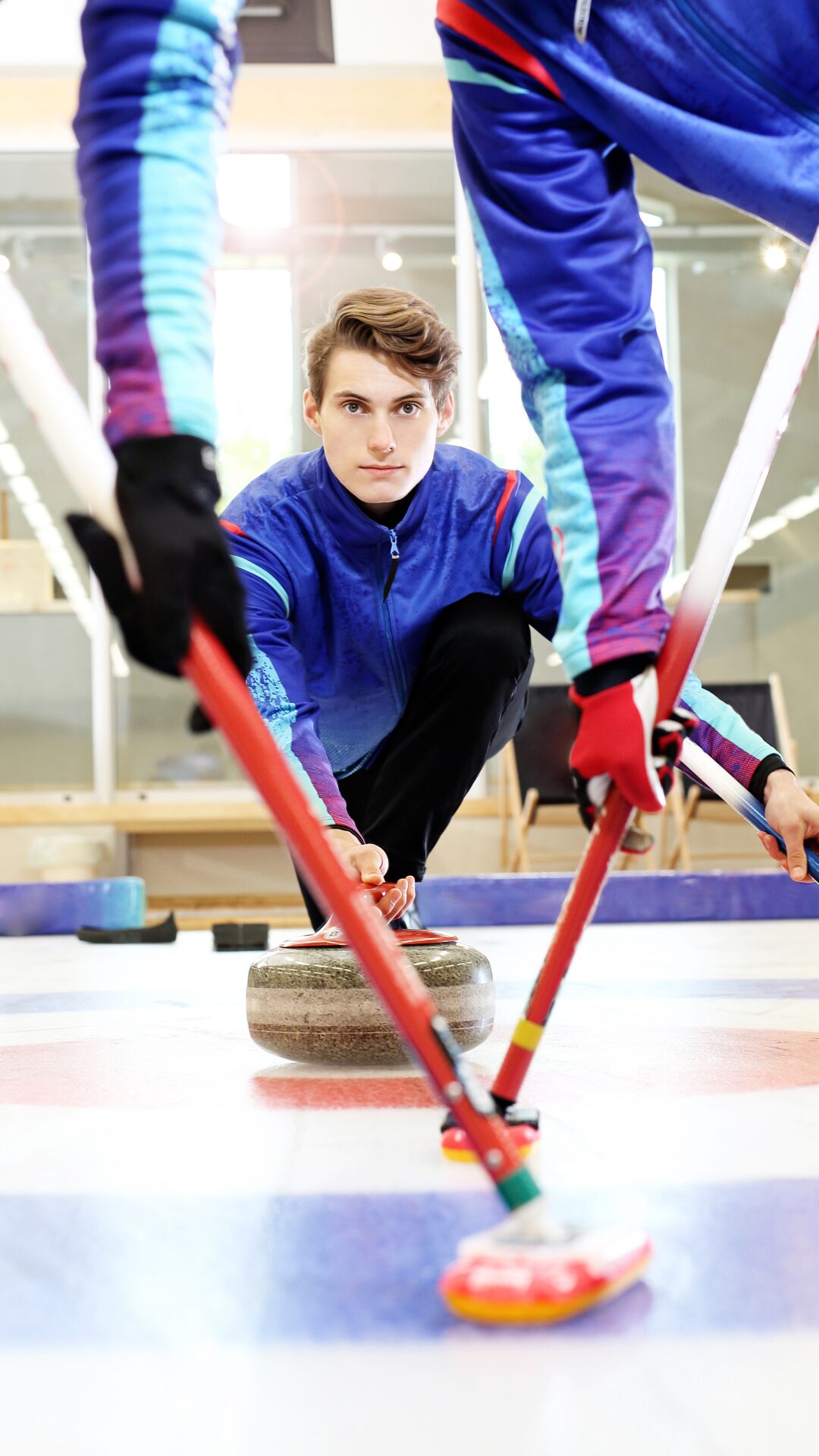
But what is curling?
Curling is a team sport played on an ice rink. The principle is simple: each team, made up of four players, takes it in turns to throw granite stones weighing almost 20 kg towards a circular target called the “house”, located at the other end of the rink.
The aim is to place the stones as close as possible to the center of the target, while trying to move the opposing stones so that they lose points. To control the trajectory and speed of the stones, players use brooms to sweep the ice in front of them. This sweeping action slightly heats the surface and reduces friction, thus influencing the distance covered and the direction of the stone.
Curling therefore demands great precision, good strategy and excellent coordination between team members.
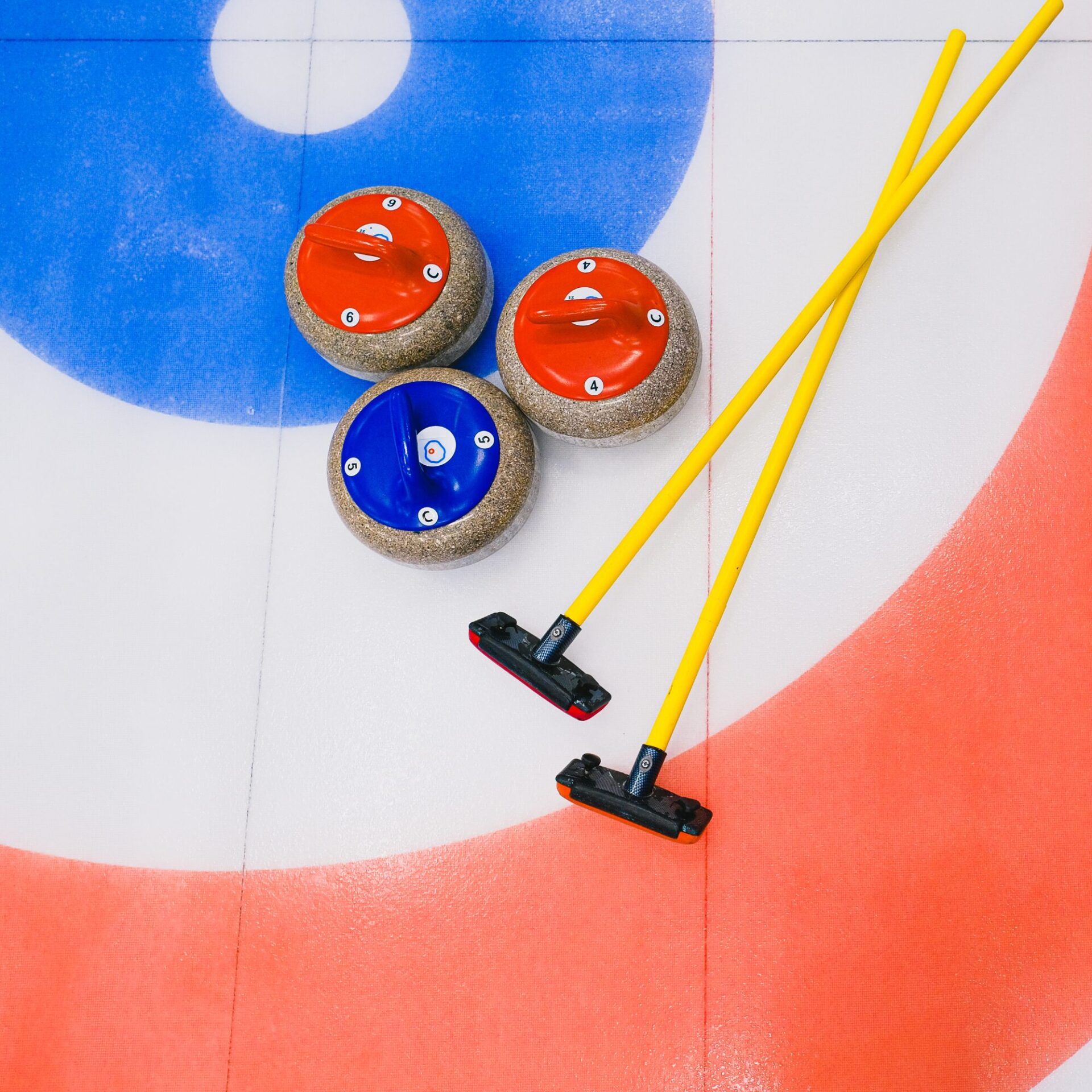
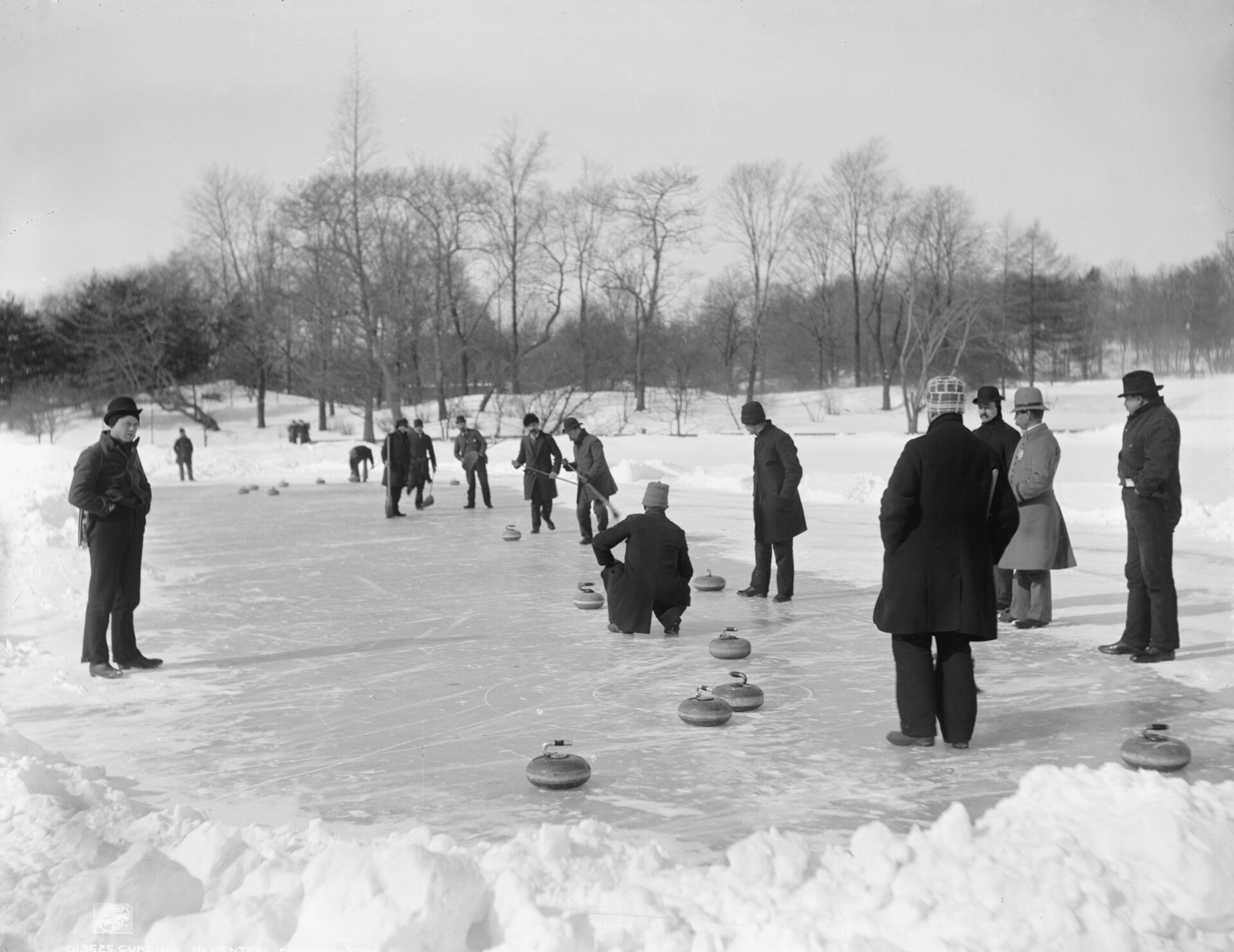
The origin of curling
Curling first appeared in Scotland in the XVIᵉ century, where locals took advantage of frozen ponds and rivers during the winter to have fun. In those days, players used large, flat stones that they slid across the ice, trying to bring them closer to a target, in the manner of petanque. This simple game quickly became popular in the villages.
In fact, the word “curling” comes from the English “curl”, referring to the curved trajectories that players would follow with their flat stones thrown onto the ice.
In 1716, the first official club, the Kilsyth Curling Club, was founded, marking the beginning of the sport’s organization and the establishment of common rules.
The development of curling in Canada
Curling was introduced to Canada in the early XIXᵉ century by Scottish settlers. Thanks to the country’s harsh winters, it quickly established itself as a popular sport.
In 1807, the Royal Montreal Curling Club, the first sports club in North America still in operation, came into being, playing a key role in spreading the sport in Canada and beyond.
Curling and the Olympic Games
Curling made its Olympic debut in 1924, at the first Winter Games in Chamonix. At the time, it was considered only a demonstration sport.
For decades, it was absent from the official program, despite its growing popularity, particularly in Canada. It wasn’t until 1998, at the Nagano Games, that it made a comeback. This time, it became an official Olympic discipline, with both men’s and women’s competitions.
Since then, curling has gained in notoriety and established itself as an emblematic sport of the Winter Games.
Curling anecdote
Curling stones are made from a special granite. It comes from the island of Ailsa Craig, in Scotland. This rock is known for its density and strength. It is used to make solid stones, ideal for international competitions.
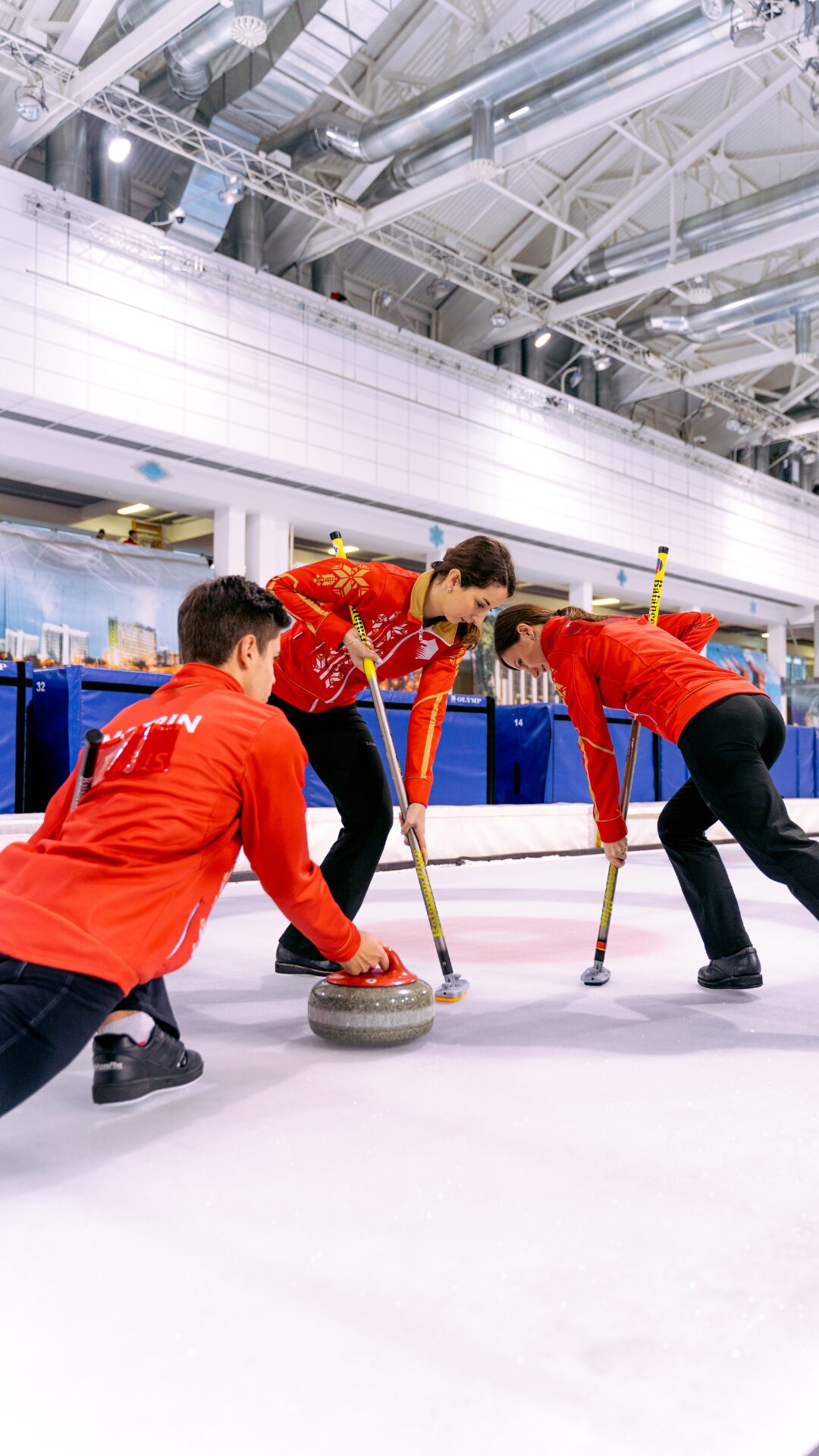
In brief
Curling, with its unique blend of strategy, precision and tradition, is much more than just an ice sport. From its Scottish origins to its worldwide influence thanks to the Olympic Games, it embodies a rich history and unique know-how. So why not take advantage of the upcoming competitions to discover or rediscover this captivating sport, whether on the ice or on your TV screen?
And if you want to discover more sports stories, don’t hesitate to have a look at the other articles available on the website.
You can also follow us on our social networks!
And to book your next BougeBouge race, go HERE.
